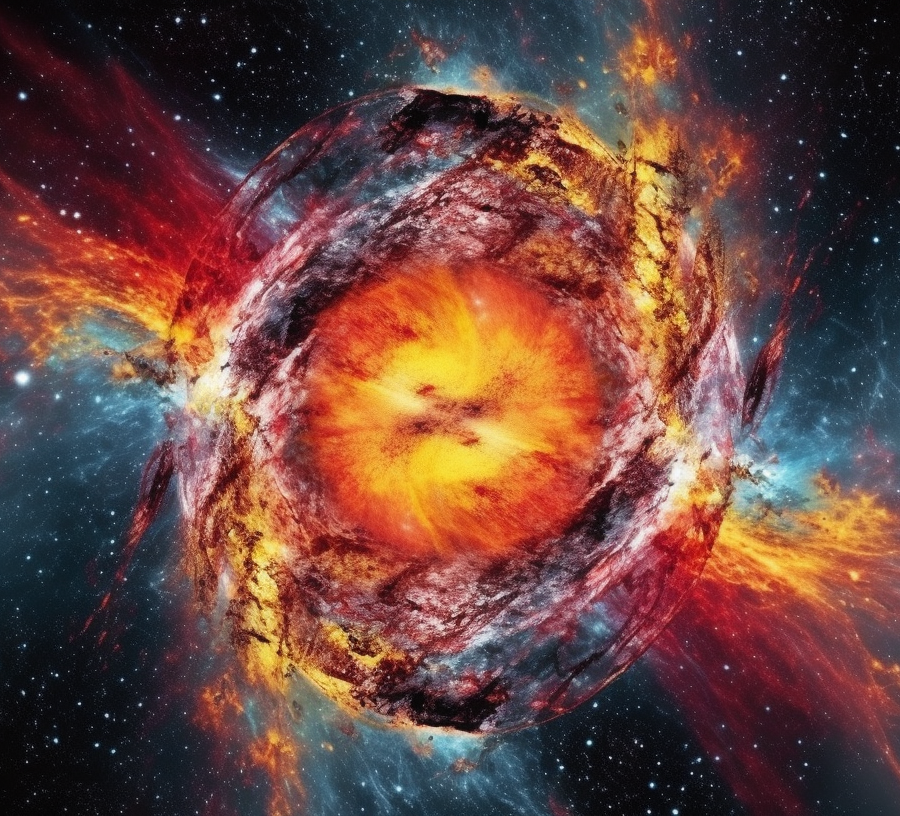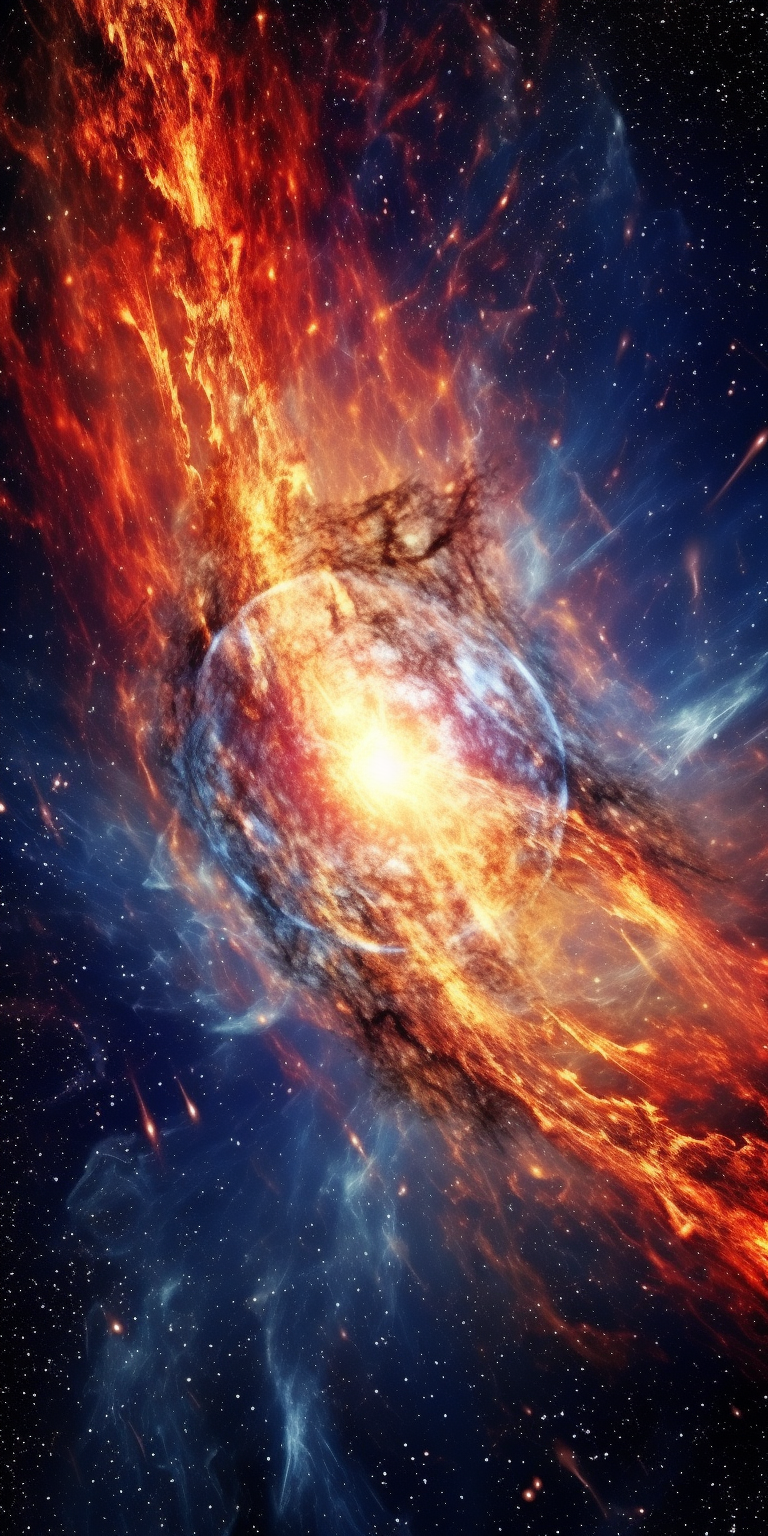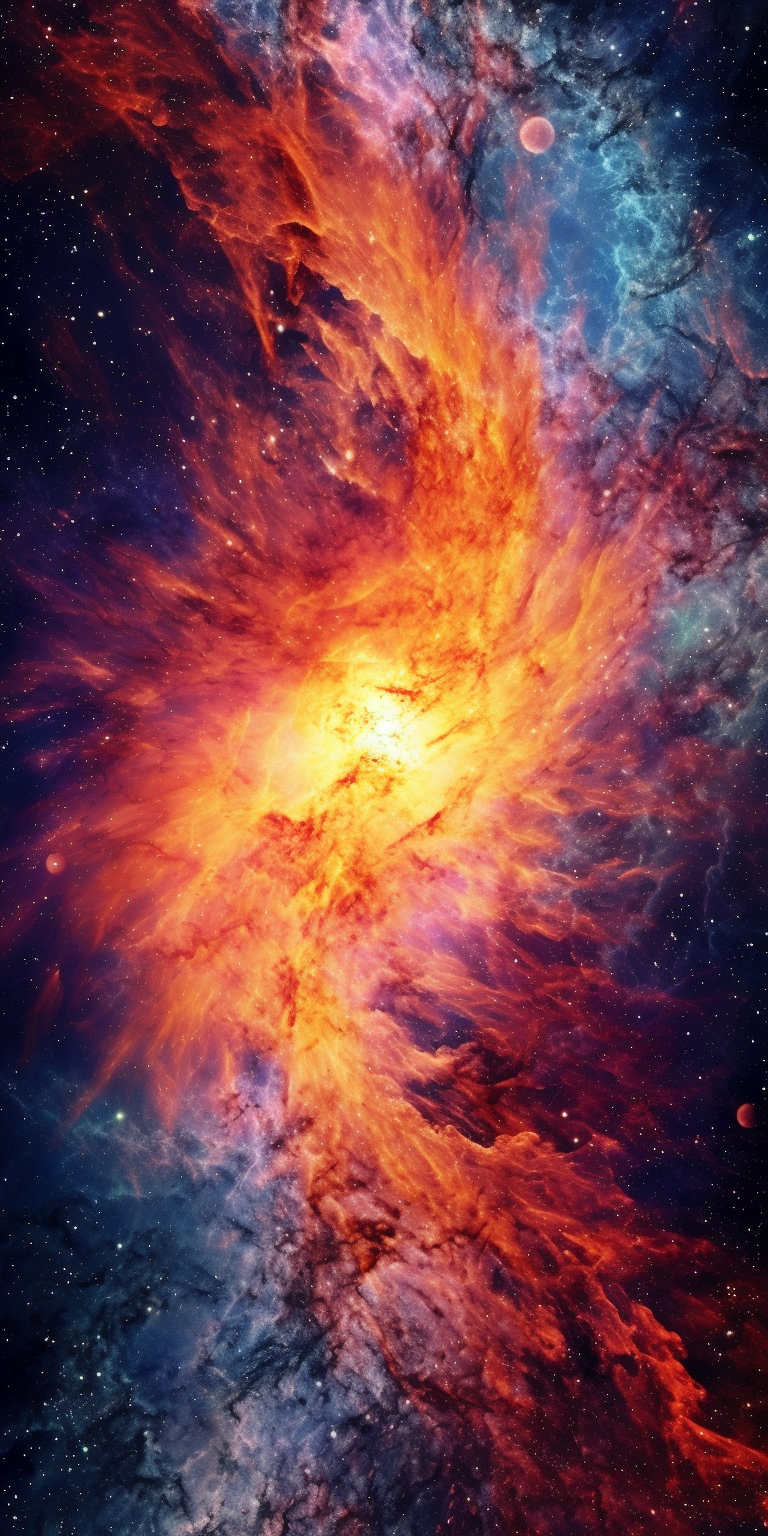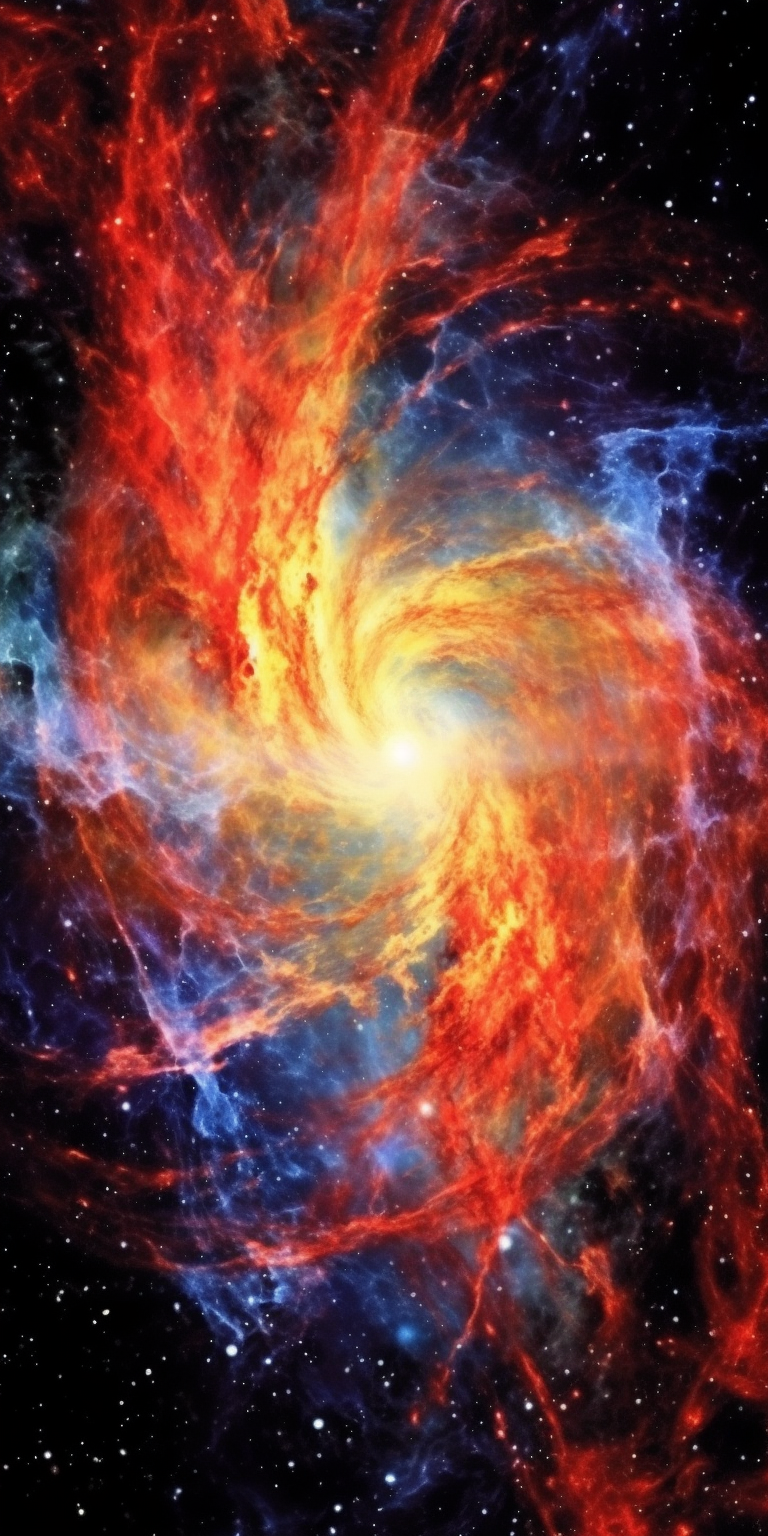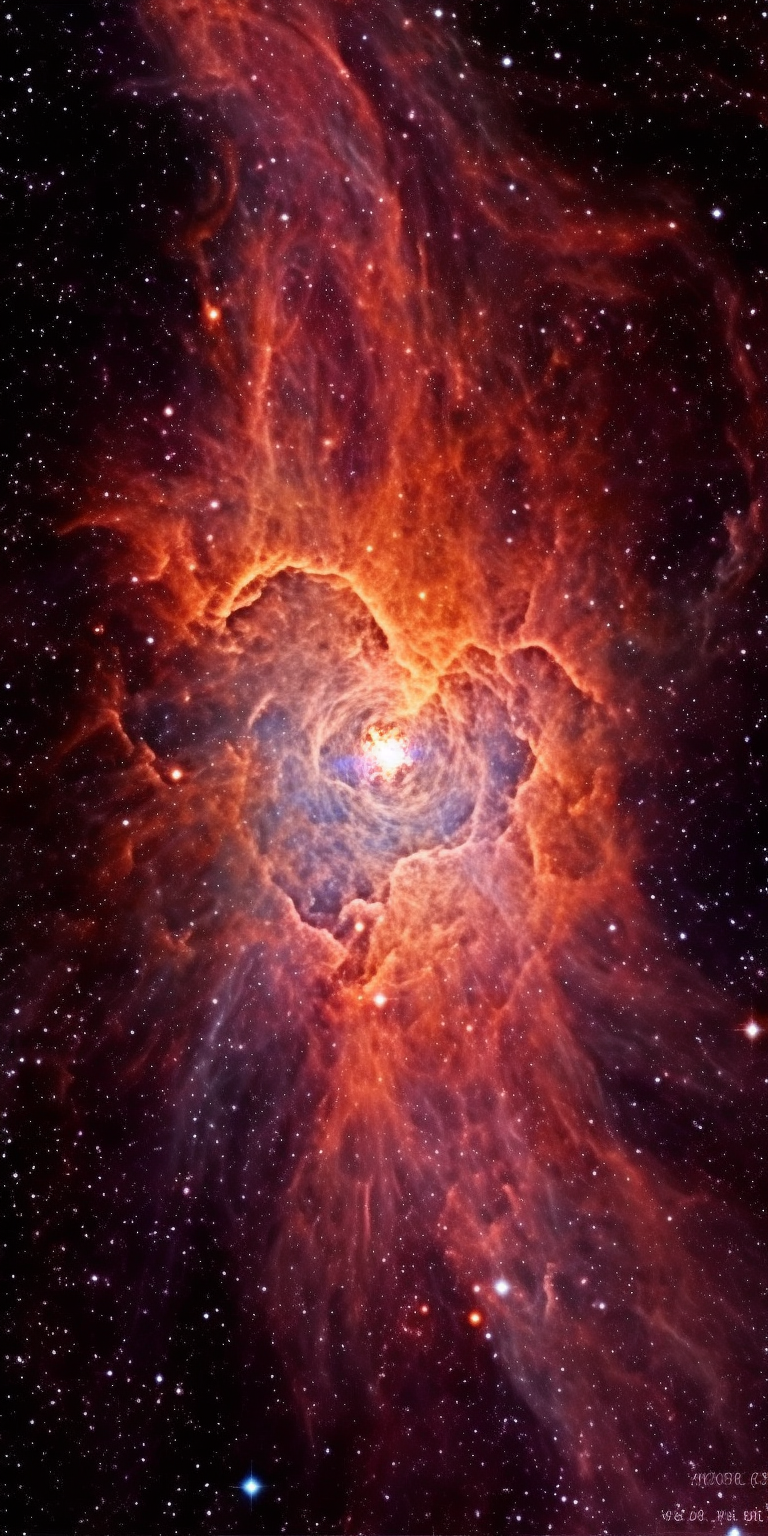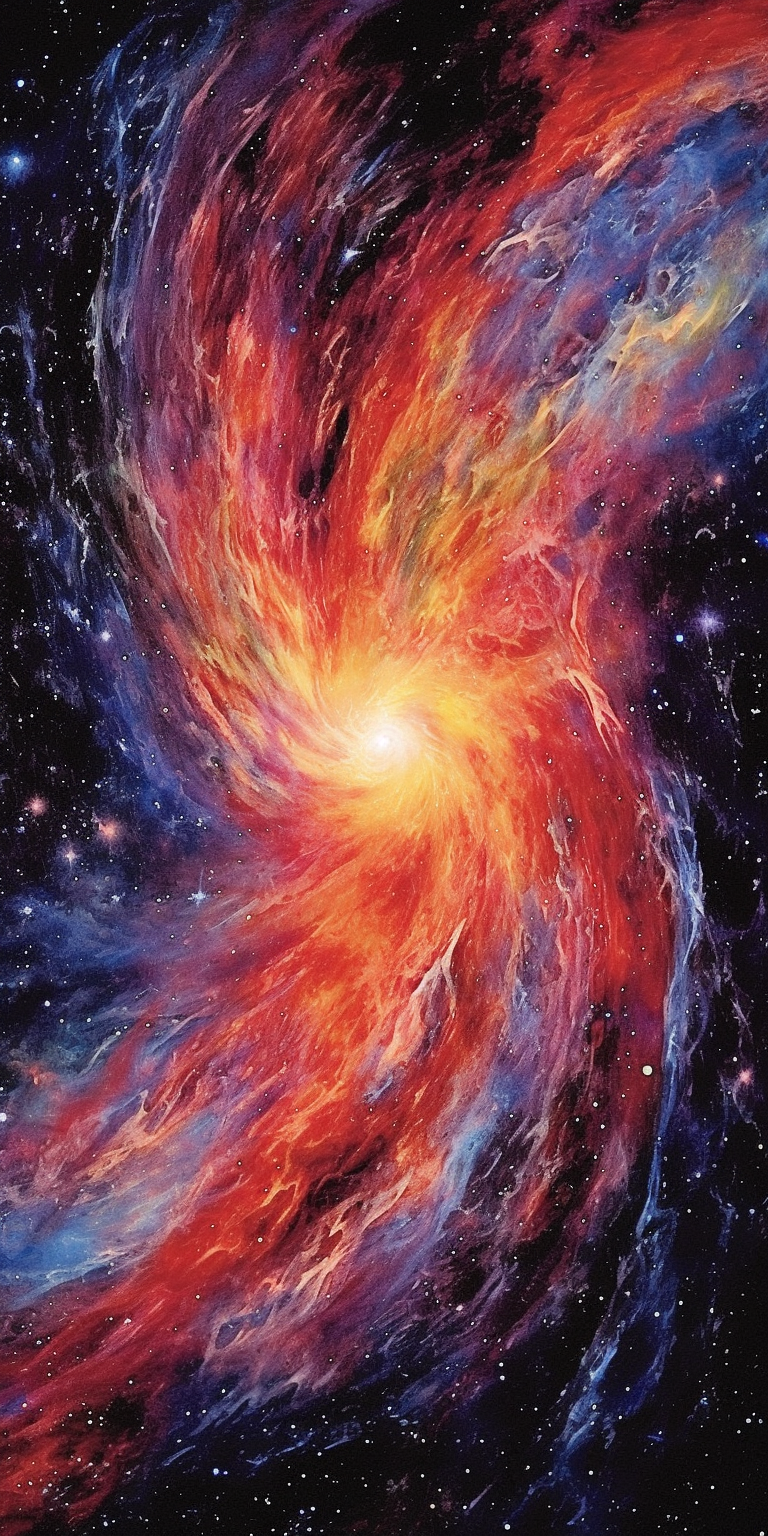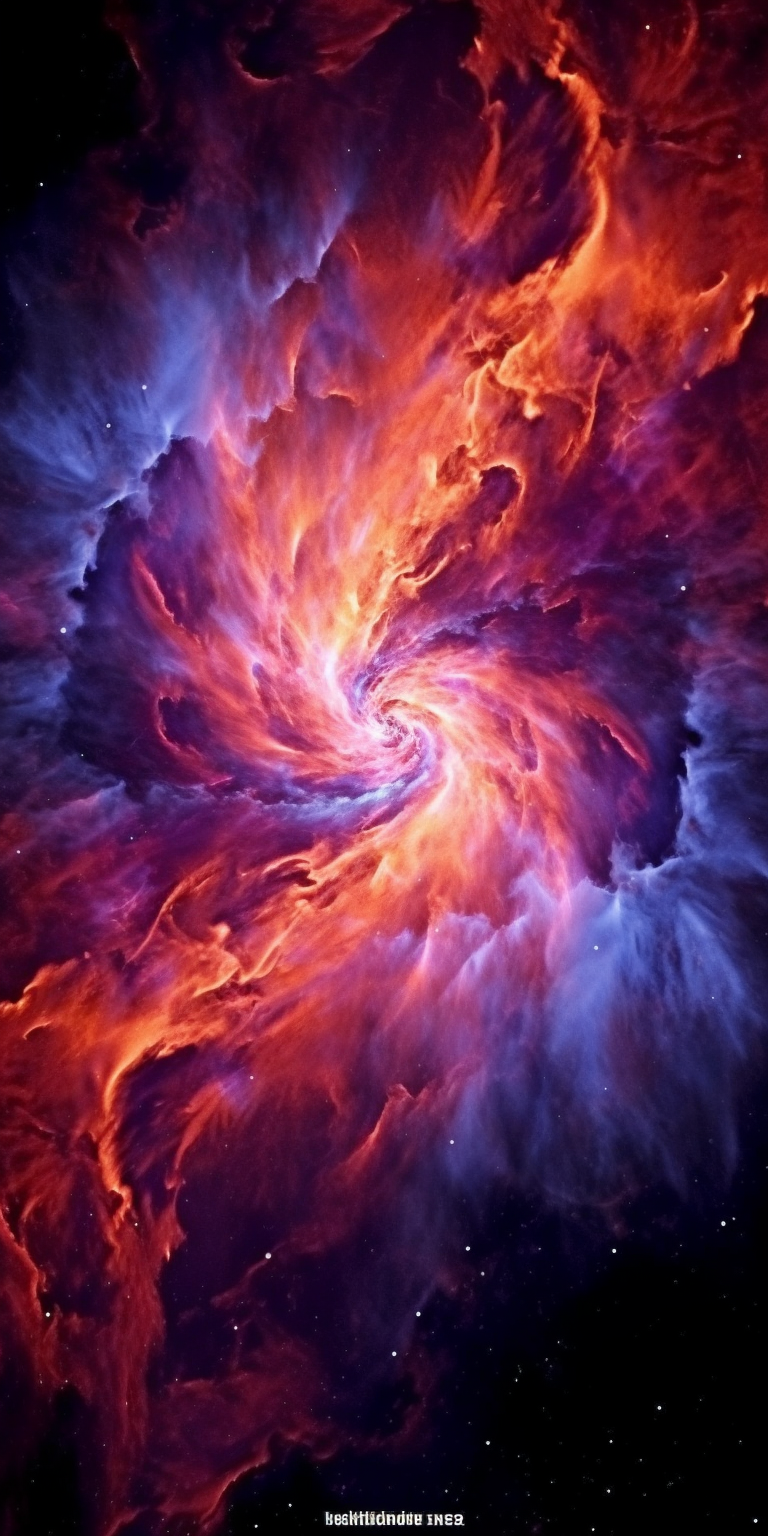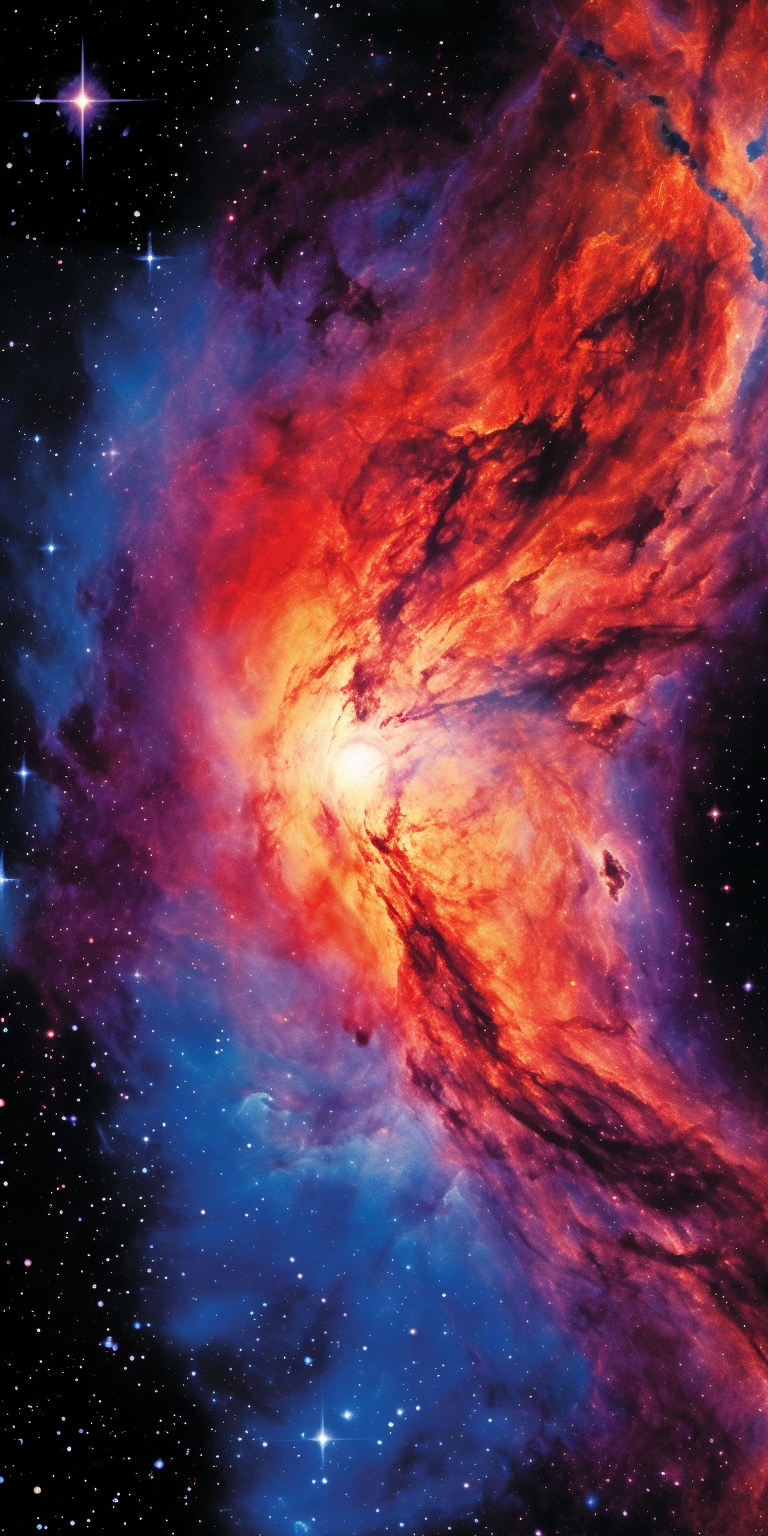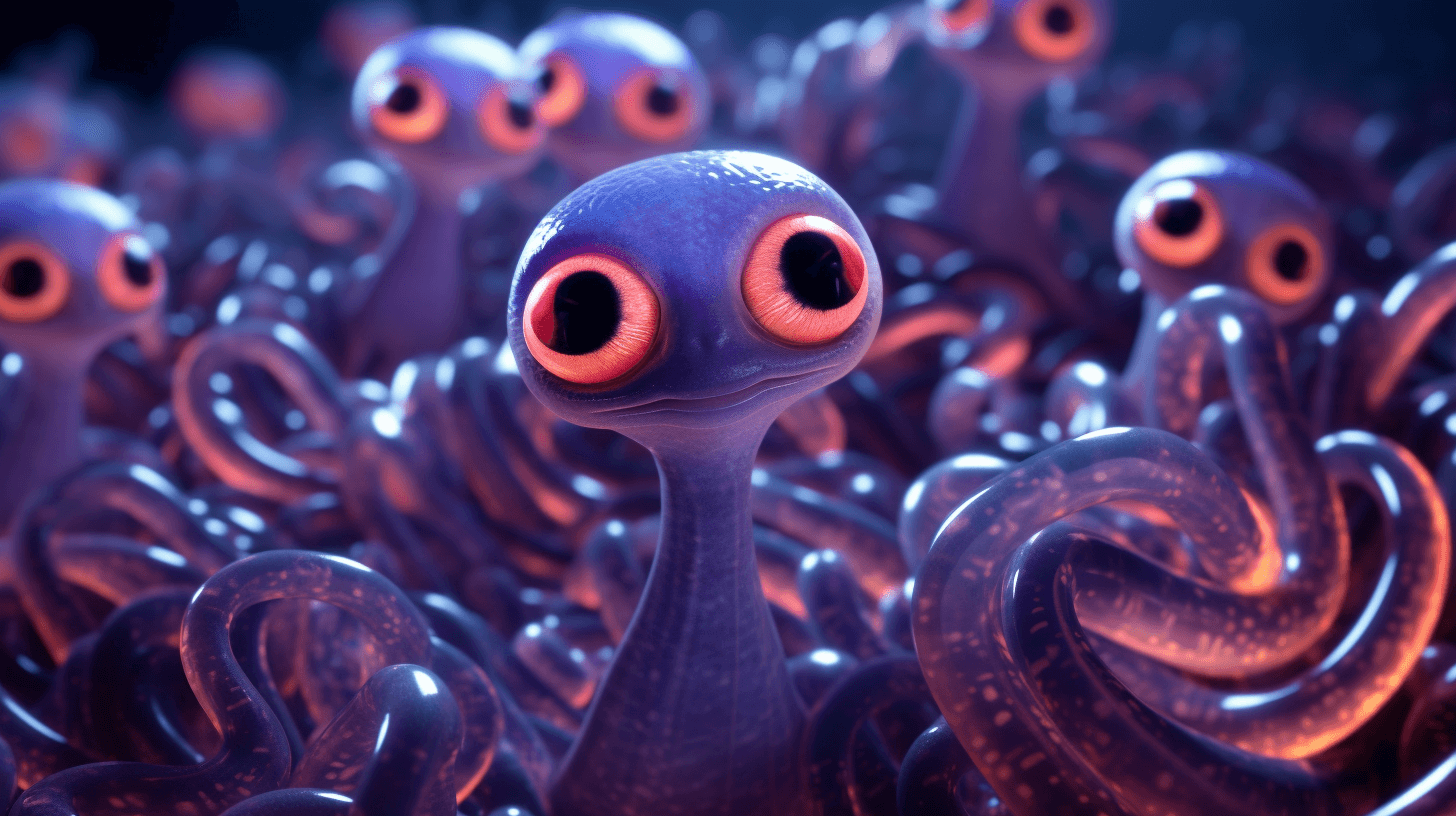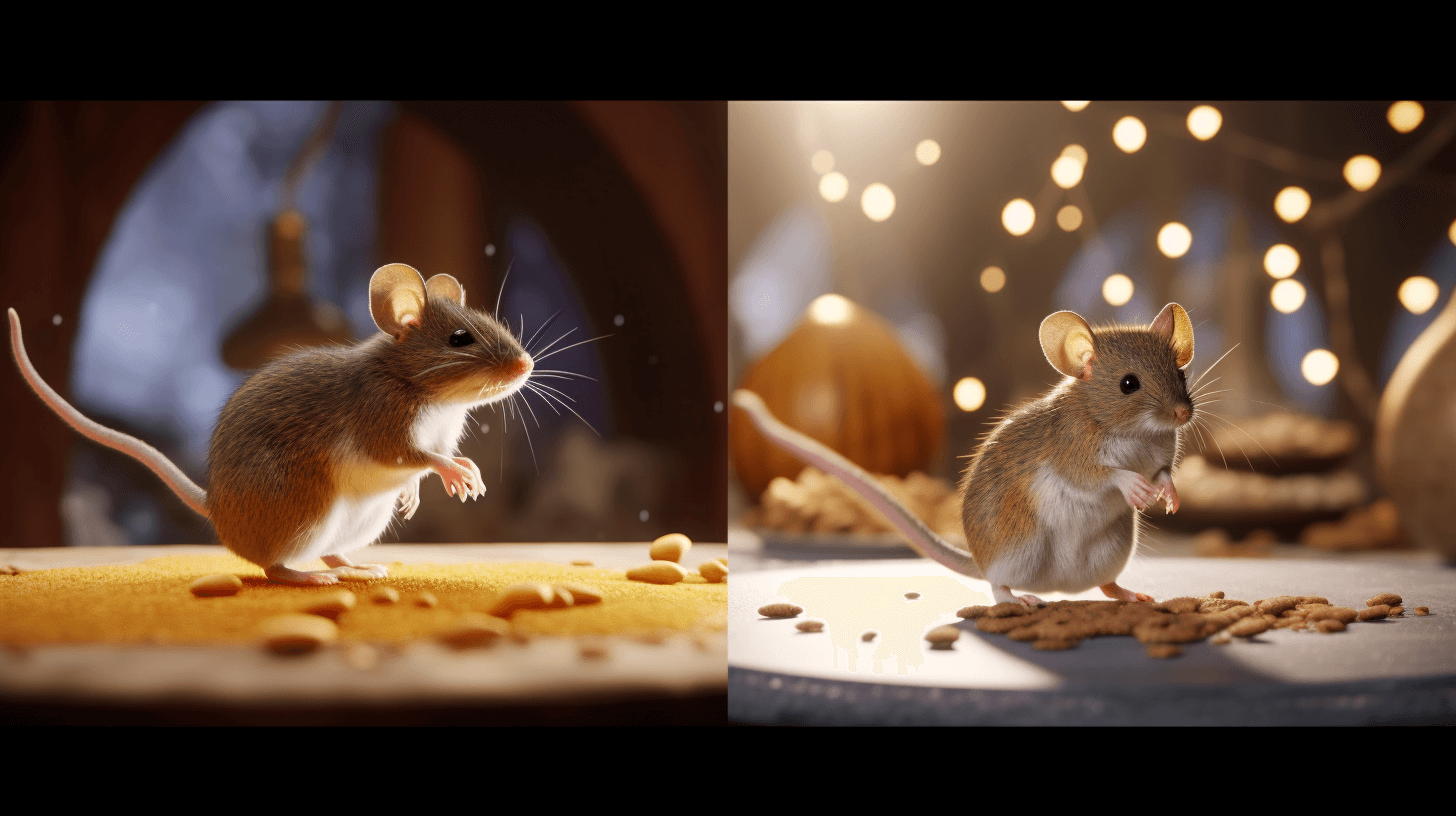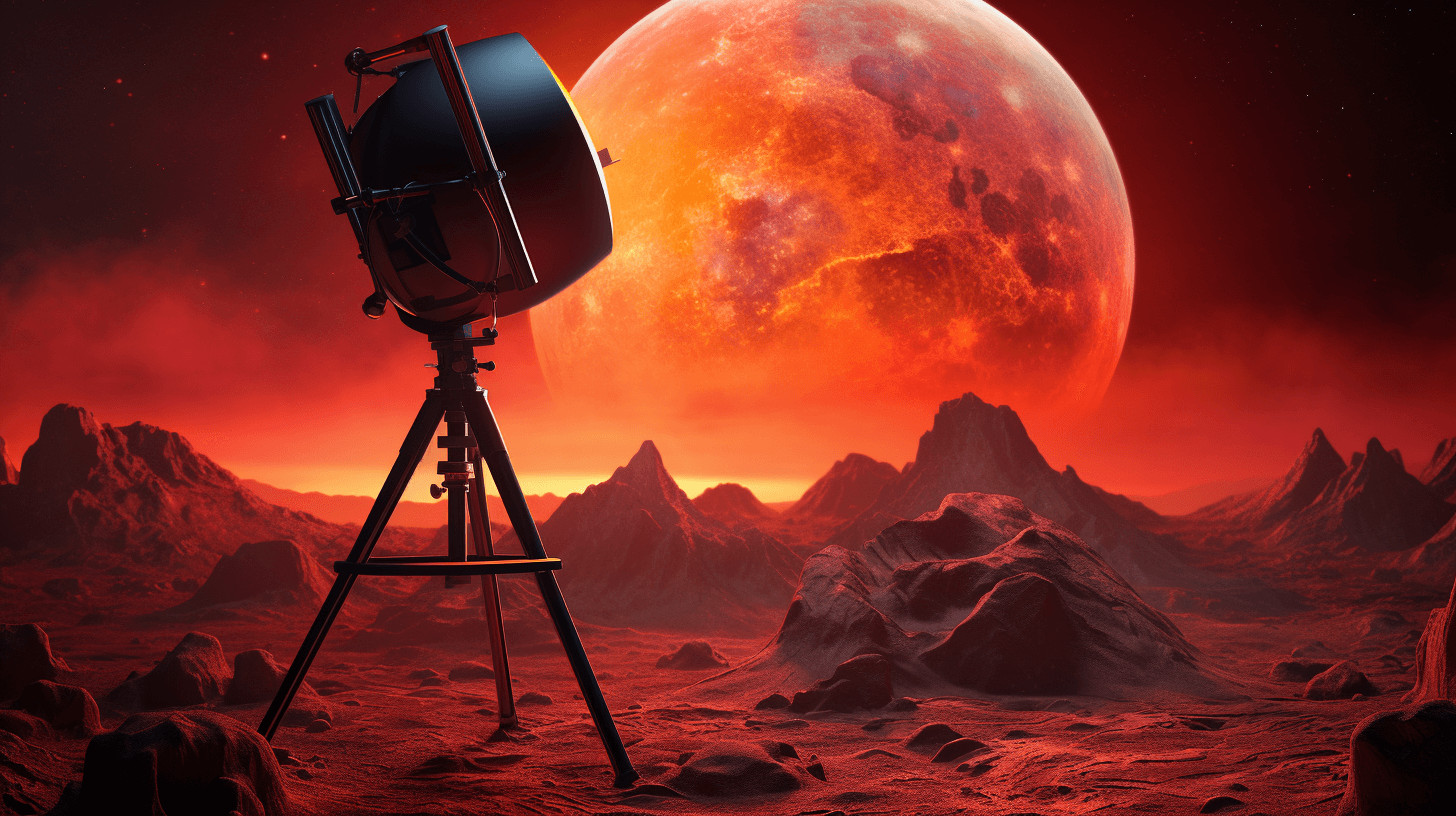Astronomers detect oldest black hole ever observed
⬇️ Pidgin | ⬇️ ⬇️ English
Aloha, space fans! Get ready fo’ one wild ride through da cosmos! Da skywatchers wen’ look up, an’ what dey found? Only da oldest black hole eva’ seen, like one ancient warrior from da time wen da universe was still in diapers. Dis black hole, it’s not messing around – it’s chomping down its own galaxy like it neva’ grind before! 🌟🔭
Led by da kine smart folks from da University of Cambridge, dey wen’ use da NASA/ESA/CSA James Webb Space Telescope (JWST) to spot dis ancient marvel. Picture dis: dis black hole is from way, way back, like 400 million years afta’ da Big Bang, which is more than 13 billion years ago! 😲🌌 Da discovery so massive, dey wen’ write about it in da journal “Nature”.
Dis gigantic black hole is one heavyweight, few million times da size of our sun. And da thing is, he’s just cruising in da universe at a time wen nobody thought he’d exist. Da scientists always thought supermassive black holes, like da one in da middle of our Milky Way, took billions of years to grow. But dis old-timer, he’s making everybody scratch their heads, thinking maybe some black holes are born big or grow way faster than we thought! 🍽️🌌
Normally, supermassive black holes start from da remains of dead stars, collapsing into a black hole maybe hundred times da size of our sun. If dis old black hole followed da rules, it would take about one billion years to get dis big. But, surprise! Da universe wasn’t even dat old when dis big kahuna showed up.
Da galaxy we talking about is GN-z11, and dis young black hole is munching on it to bulk up. He’s way more aggressive in his eating habits than his younger siblings!
Now, GN-z11, da galaxy hosting dis monster, shines bright ’cause of all da action in da middle. Black holes, you no can see dem wit’ da naked eye, but you can tell where dey stay by da bright light from da stuff dey eat. Dis particular glow is so intense, it’s in da ultraviolet range, which is how da scientists knew they had one sneaky, old black hole in their sights. 🌟🔥
But here’s da catch: GN-z11, it’s one small-time player compared to galaxies like our Milky Way. But da black hole inside? He’s like one troublemaker. When black holes go on an eating frenzy, dey blast gas away real quick, and dis can mess up new star formation – it’s like choking da galaxy slowly. And da kicker? If da black hole eats up all da gas, he goin’ starve too! 🌪️🌌
Da lead scientist, Roberto Maiolino, is all kinds of excited about dis find. He’s saying dis JWST is like jumping from Galileo’s old telescope to da latest and greatest. Befo’, with da Hubble Space Telescope, da universe seemed kinda sleepy. But now, it’s like da universe is throwing one big party, and we just got da invite!
Maiolino’s betting dat with da JWST, dey might find even more ancient black holes, maybe even da baby ones – da seeds – to learn how black holes really come to life. 🌱🌌
Fo’ da keeners who like da extra details, you can check out da full scientific paper: “One Small Yet Energetic Black Hole in Early Universe” by Roberto Maiolino et al, in “Nature” (2024). Get all da geeky goodness at: Read Da Science. And fo’ da real hardcore space buffs, dey got even more info at: Da Extra Stuff. 📄🔍
Rememba, dis article get copyright, so if you like use ’em fo’ more than just studying or research, you gotta ask permission. No play around with copyrights, cuz! 🚫📚
So, dere you go, space enthusiasts! Astronomers just blew our minds with dis discovery of one ancient black hole, showing us how da universe is full of surprises. Dis black hole, he’s like one legend from da past, crunching on its galaxy, and da scientists, dey can’t wait fo’ see what else dey going find with da JWST. Da cosmos stay wild, and we stay excited fo’ see what coming next! Stay tuned, ’cause da sky’s not da limit, it’s just da beginning! 🌌🤙🔭
NOW IN ENGLISH
Astronomers detect oldest black hole ever observed 🌌🤙
Hello, space enthusiasts! Brace yourselves for an astronomical journey! Astronomers gazed into the heavens and what did they discover? The oldest black hole ever observed, an ancient cosmic giant from the time when the universe was just a fledgling. This black hole is no slouch – it’s devouring its own galaxy like it’s at an all-you-can-eat buffet! 🌟🔭
Led by the brilliant minds at the University of Cambridge, they employed the NASA/ESA/CSA James Webb Space Telescope (JWST) to locate this relic of the cosmos. Imagine this: this black hole hails from about 400 million years after the Big Bang, over 13 billion years ago! 😲🌌 This monumental discovery was detailed in the prestigious journal “Nature”.
This enormous black hole is a real heavyweight, several million times the mass of our sun. And what’s intriguing is its presence in the universe at a time when such ancient black holes were not expected to exist. Scientists have long believed that supermassive black holes, like the one at the center of our Milky Way, slowly developed over billions of years. But this ancient behemoth challenges that notion, suggesting that some black holes might be “born big” or grow much faster than previously believed! 🍽️🌌
Typically, supermassive black holes are thought to originate from the remnants of dead stars, collapsing into black holes around a hundred times the mass of our sun. If this ancient black hole had followed the expected growth pattern, it would have taken about one billion years to reach its current size. However, the universe wasn’t even that old when this colossal black hole emerged.
The galaxy in question is GN-z11, and this youthful black hole is feasting on it to gain mass. It’s significantly more aggressive in its consumption than its younger counterparts!
Interestingly, GN-z11, the host galaxy, shines brightly due to the voracious activities at its core. While black holes are invisible to the naked eye, their presence can be inferred from the bright light emitted by the material they consume. This particular glow is so intense that it emits in the ultraviolet range, cluing scientists in on the presence of this elusive, ancient black hole. 🌟🔥
But here’s the twist: GN-z11 is a relatively minor galaxy compared to something like our Milky Way. However, the black hole within it is quite the disruptor. When black holes indulge in excessive feasting, they expel gas rapidly, potentially halting new star formation – effectively suffocating the galaxy slowly. The irony? The black hole itself will eventually starve if it depletes all the available gas! 🌪️🌌
Lead scientist Roberto Maiolino is thrilled about this discovery. He likens the JWST to a quantum leap from Galileo’s primitive telescope to a state-of-the-art device. Previously, with the Hubble Space Telescope, the universe seemed somewhat dormant. But now, it appears as generous and lively as a festive gathering!
Maiolino anticipates that with the JWST, they might uncover even more ancient black holes, perhaps even the nascent ones – the “seeds” – to unravel the mysteries of black hole genesis. 🌱🌌
For those craving more details, the full scientific paper, “One Small Yet Energetic Black Hole in Early Universe” by Roberto Maiolino et al, in “Nature” (2024), offers an in-depth exploration. Dive into the scientific intricacies at: Read The Science. And for the true space aficionados, additional information is available at: The Extra Stuff. 📄🔍
Remember, this article is copyrighted, so permission is required for uses beyond private study or research. Respect the copyrights, folks! 🚫📚
In summary, astronomers have astounded us with the discovery of an ancient black hole, a cosmic legend feasting on its galaxy, igniting excitement for future epic finds. The universe is a treasure trove of wonders, and we eagerly await what the JWST will reveal next. Stay tuned, as we’ve only just scratched the surface of the cosmic wonders that await! 🌌🤙🔭

